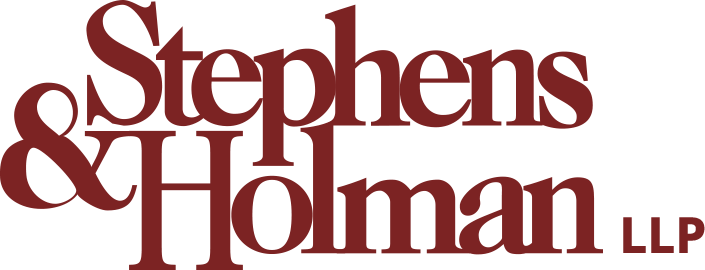The Occupiers’ Liability Act (OLA) defines the rights and responsibilities of property owners, tenants, and managers in British Columbia. Under the OLA, the person or organization defined as the occupier has a duty to ensure the premises are “reasonably safe” for those who have permission to use them.
With few exceptions, if you are injured on someone else’s property you have the option of seeking financial compensation through legal action. Those considered property occupiers depend on the type of premises and their use. Those who can be held liable under the OLA include those managing or operating a property as well as those who own it.
What Are Premises?
For purposes of the OLA, “premises” can include just about any land and the structures on it. This includes private residences, commercial buildings, and public spaces. Premises can also be mobile and include portable shelters, stationary trains, vehicles, and aircraft. Ships and vessels, and even the water on which they travel, can also be considered premises when negligence leads to injury or death.
Who Has Liability?
One can define occupiers as those who are most often in physical possession of premises. They can also be those who have responsibility for and control over the condition of premises and the activities performed there. Anyone with control over who is allowed to enter the premises can also have liability under the OLA. When it comes to legal action, the occupier is whoever was responsible for maintaining safe premises at the time of the accident.
Types of Common Hazards
- Slip and fall hazards – Slip and fall hazards are those that are prone to causing slip and fall accidents. These accidents typically result from individuals tripping, slipping, or falling due to a hazard on the premises.
- Building code violations – In British Columbia, all structures—commercial, public, and private—are subject to a set of regulations dictating their construction, modification, and repairs.
- Improper maintenance – Beyond building codes that regulate the maintenance of a structure and the property it’s on, properties must undergo regular custodial maintenance for minor repairs and hazard mitigation.
- Recklessness – Duty of care extends to employees or other individuals contributing to the operation of a property and these individuals are expected to conduct themselves in a safe way. Those who do not can be a hazard within a premise, leading to liability for property owners and managers.
- Unkempt spaces – While cleanliness standards are not always explicitly outlined in the law, property occupiers must perform duties of basic upkeep and cleanliness.
- Other hazards – Failure to post warning signs or provide other clear notifications of a potential danger can constitute a hazard. Even property features designed to prevent trespassing such as razor wire or guard animals must be clearly marked.
Examples of Hazards
There are many different ways a property owner or manager can be negligent. This includes obvious issues such as poor maintenance, obstructed walkways, and slippery conditions. Other examples include:
- Inadequate lighting
- Missing safety equipment or features
- Negligent security
- Unsecured overhead stock
- General inattentiveness
What is Duty of Care?
The Occupiers’ Liability Act outlines the occupier’s responsibility to maintain a property. This is called a duty of care. An occupier has a duty to take reasonable steps in nearly all circumstances to ensure a property is safe for use by tenants, occupants, and general members of the public. For example, if a building owner or landlord owns or operates the space occupied by a grocery store chain, both the grocery store and building owner have a duty to ensure that workers, customers, and members of the general public are safe while on the premises for any legal reason.
Duty of care refers to the:
- Condition of the premises
- Activities that take place on the premises
- Conduct of third parties operating on the premises
Cases involving the OLA, including slip and fall accidents, involve determining whether the occupier of the property took adequate steps to identify, prevent, and address hazards. Slip and fall claims, as well as other OLA cases, will be based on an assessment of whether or not the occupier could have—and should have—prevented the accident within a reasonable timeframe of its emergence.
Duties of the Visitor
Generally, the OLA requires visitors to:
- Exercise reasonable caution around hazards
- Pay attention to notifications from occupiers about hazardous conditions
- Heed warnings and signs related to hazards
Those engaged in trespassing (as defined by the Trespass Act) or other criminal activities are not entitled to protection under this Act.
Assumed Risks and Property Operator Responsibilities
The Occupiers’ Liability Act does not totally absolve occupiers of liability, even when a duty of care is not applicable. Occupiers must maintain a safe and hazard-free environment. For instance, the owner of a pool, whose visitors assume risks when swimming, cannot simply ignore all other reasonable safety measures because swimming can be dangerous. Under the law, occupiers cannot deliberately or recklessly cause property occupants harm, even when visitors must assume certain risks when entering a property.
Not every accident that occurs on someone else’s property is the result of negligence—but many are. If you suspect your accident could have been avoided had proper steps been taken, discuss your case with one of the occupiers’ liability lawyers at Stephens & Holman. Thoughtful, attentive, and effective, our lawyers are here to listen, provide honest information about your options, and help you choose the best path forward.
